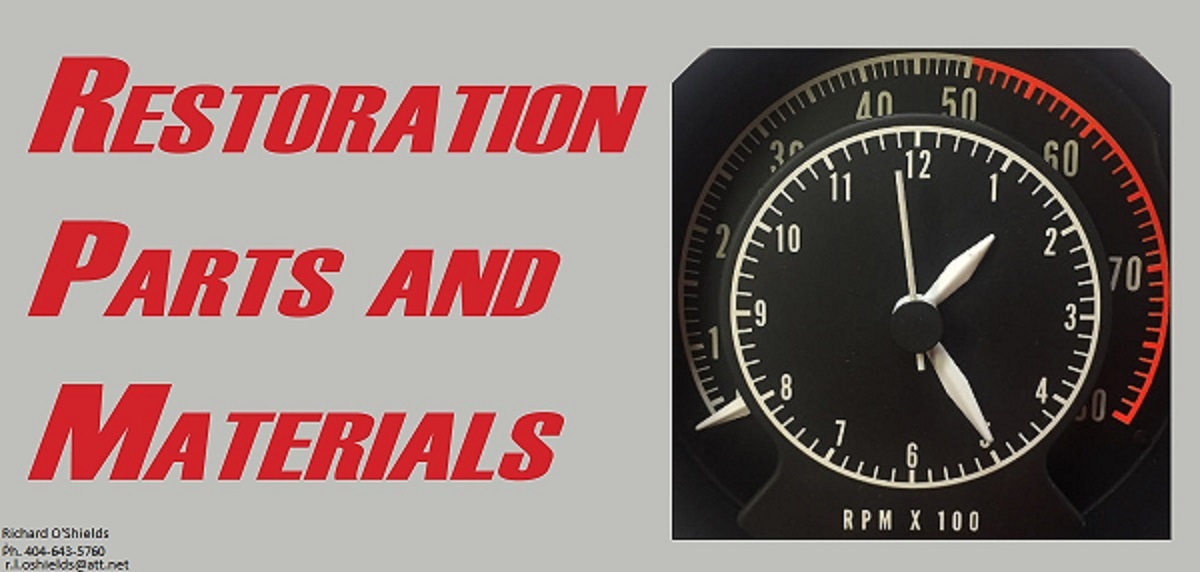The fuel gauges on these cars frequently failed due to a faulty cluster voltage limiter. Before pulling the cluster, you might want to test the limiter, it unplugs from the back of the cluster. The FSM describes how to test it. The other main reason fuel gauges do not work is because of a faulty tank sending unit. You can test the limiter and the gauge simply by hooking a test light to the input lead for the tank sending unit. Unhook the lead first and attach the test light to ground and the unhooked lead. You should get a flashing test light, that tells you the limiter is working. Now ground the input lead and briefly turn on the ignition switch, the gauge should start to climb from empty if it is any good. Leave the key on only for a short time as you can burn out your fuel gauge using this method if you leave the ignition on too long when gauge is still good.
If the gauge and limiter are both working, hook the input lead back to the sending unit and check the tank ground by hooking an alligator clip to the rear bumper and a clean spot on one of the tank seams. If the gauge works when you do this, you know the tank is not properly grounded.
That leaves the sending unit. These fail because corrosion eats up the float or the resistance wire in the sending unit. Sometimes you can install a replacement float, but most of the time you will need a new sending unit. Be very careful to remove all fuel from the tank before attempting to remove the sending unit. Use either brass or plastic tools to remove the lock ring from the sending unit so you do not start a fire or blow yourself up. Use a light that does not have an exposed bulb or light tube, these also can start fires.
If you determine that the gauge is indeed faulty, the FSM directions for pulling the cluster are detailed. Put some blue painters tape on the top of your steering column so you do not scratch it. Most of the time it is easier to unbolt the column part way and drop it down some so that the cluster clears easily when you remove it. When you get the cluster dimmer out, run a resistance test on it with a voltmeter to be sure that is your problem. Sometimes the light switch terminals or contacts inside the switch are corroded preventing power from reaching the dimmer unit.
Dave

















